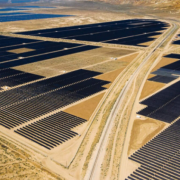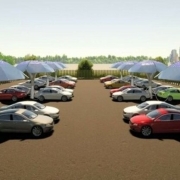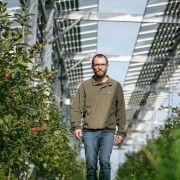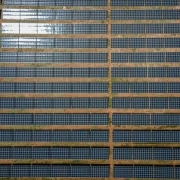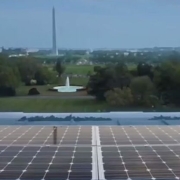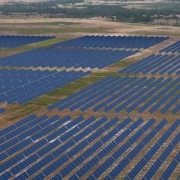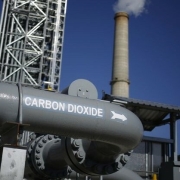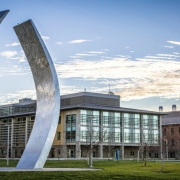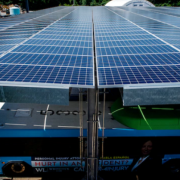USC will obtain 25% of its electricity from solar-generated power and contribute to new solar programs that expand opportunities for disadvantaged communities to access affordable clean energy — all under a new agreement with the Los Angeles Department of Water and Power.
ear agreement approved by the L.A. City Council on Wednesday will help USC meet its goals in reducing carbon-based energy consumption. In addition, the university will become the first L.A. institution to contribute to Los Angeles DWP’s Clean Energy Adder program, which will make renewable energy more accessible and affordable for residents in multifamily dwellings, including those surrounding USC’s campuses.
Click here to read the full article
Source: USC News
—
If you have any questions or thoughts about the topic, feel free to contact us here or leave a comment below.

